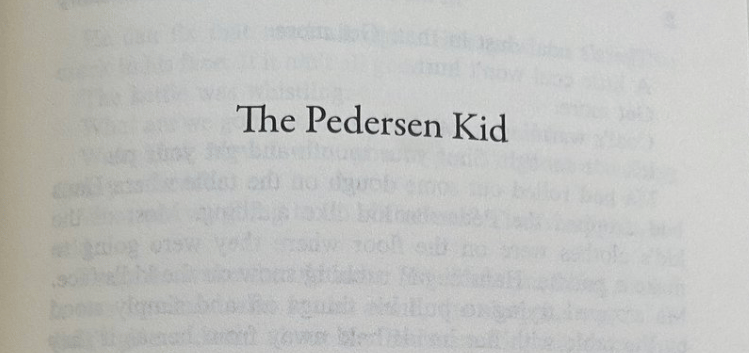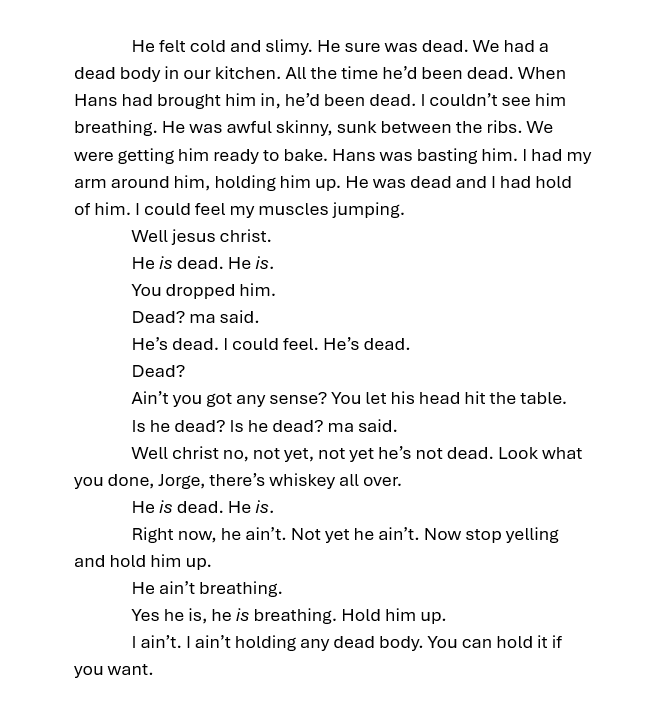- Degenerate Art
- Posts
- Halloween Friday roundup
Halloween Friday roundup
Links to the podcast! Plus, the most terrifying short story ever written.
In the podcast this week, I explore how Border Patrol is taking the lead on immigration policy in the US, and the ways in which the shift to a more extrajudicial approach—including CBP’s violent cowboy tactics—mirrors a typical phase in concentration-camp regimes, including Nazi Germany. You can watch the episode on YouTube or listen to it via Apple, Spotify, and anywhere else you get your podcasts. If you’d like to check out the linked material or the written post from Tuesday, you can read it here.

On a more seasonal note, tonight is Halloween! (If you’re new to the newsletter, Tuesdays generally deliver essays on politics & history, while Friday posts tend to freestyle and can be about anything.)
Maybe with all the disturbing events crowding into daily life these days, you’ve got enough horror to last you indefinitely. But anyone looking for a spooky distraction tonight who hasn’t yet seen The Haunting from 1961 really ought to—and also to read Shirley Jackson’s The Haunting of Hill House, on which it’s based.
Still, probably the most terrifying short story I’ve ever read is “The Pedersen Kid” by William Gass. And really, at eighty pages, nearly every one of them breathtaking, it feels more like a novella. I first came across it in the pages of his story collection In the Heart of the Heart of the Country, where you can still read it, though it’s also findable online.
The “Pedersen Kid” isn’t set at Halloween but instead takes place on a farm during a blizzard. Jorge and his parents are home when Hans (who also lives there) staggers into the kitchen from outside carrying a child he found unconscious in the snow. Hans lays the small figure on the floured table where Jorge’s mother had already started baking. They recognize the boy as the child of a neighbor. It’s the Pedersen kid.
Why had a child headed alone on foot into a snowstorm, clearly aiming to reach their farmhouse? In the story, Jorge finds out.
Here are Jorge, his mom, Hans, and the Pedersen kid in one of the opening scenes, told from Jorge’s perspective.

I’ve read other things from Gass. On Being Blue—a book-length meditation on a single color which winds its way to some uncomfortable places—also conveyed a sense of unsettled forces churning below its surface. But the rest of what I’ve read from him (and even On Being Blue in places) reveals his preoccupations too clearly in ways that hold my interest less.
For me, nothing else really comes close to “The Pedersen Kid.” It’s a story I can read again and again. In fact, this post is arriving so late in the day because I just reread it again now.
This tale was published before I was born, and Gass is no longer among the living. All of which is a good reminder that, in the words of Vladimir Nabokov, “our existence is but a brief crack of light between two eternities of darkness.”
Your paid subscriptions support my work.
Reply